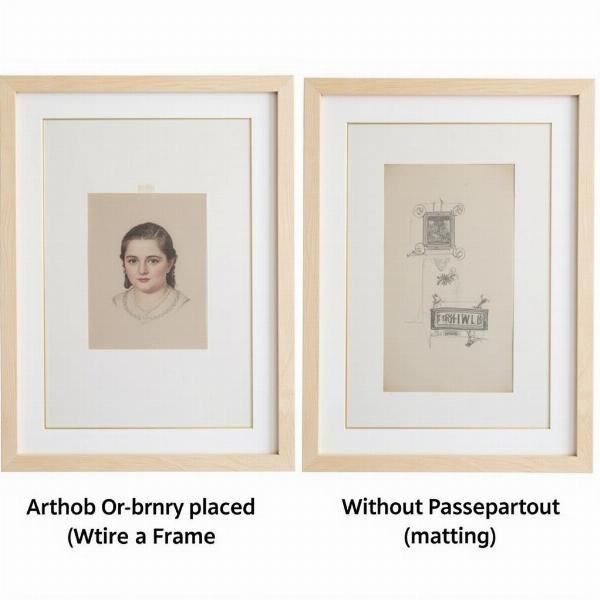Passepartout, a word often encountered in art and framing, might leave some Hindi speakers wondering about its exact meaning. Understanding this term can be crucial, especially when dealing with artwork, certificates, or important documents. This article explores the “passepartout meaning in Hindi,” providing clarity and context for this specialized term.
Understanding the Passepartout
Passepartout essentially refers to a cardboard or paper frame used to mount and display artwork. It acts as a border between the artwork and its frame, enhancing its presentation and providing protection. While there isn’t a single, perfect Hindi equivalent for “passepartout,” terms like “माउंट बोर्ड” (mount board), “चित्रफलक” (chitraphalak – picture board), or “फ्रेम का आधार” (frame ka aadhar – frame’s base) can convey the basic idea.
Why Use a Passepartout?
Passepartouts offer several benefits. They prevent the artwork from directly touching the glass of the frame, reducing the risk of damage from moisture or condensation. The neutral border provided by the passepartout also helps draw the viewer’s eye to the artwork, enhancing its visual impact.
Passepartout in Different Contexts
While commonly associated with artwork, passepartouts are used for various documents, including certificates, diplomas, and photographs. They elevate the presentation of these items, adding a touch of formality and professionalism.
Choosing the Right Passepartout
Selecting the appropriate passepartout involves considering factors like color, thickness, and material. A neutral color, such as white, cream, or off-white, often works best, as it doesn’t distract from the artwork. The thickness of the passepartout can also influence the overall presentation, with thicker passepartouts adding more depth and visual interest.
Passepartout vs. Matting: Is There a Difference?
Often, the terms “passepartout” and “matting” are used interchangeably. While they serve similar purposes, “matting” technically refers to the process of using a passepartout. So, the passepartout is the actual material, while matting is the action of using it.
 Passepartout and Matting Comparison
Passepartout and Matting Comparison
Conclusion
Understanding the “passepartout meaning in Hindi” allows for a more informed approach to framing and displaying artwork and important documents. While a direct translation may not exist, grasping its function and purpose allows for better communication and appreciation of this crucial framing element. Whether you refer to it as “माउंट बोर्ड,” “चित्रफलक,” or simply “फ्रेम का आधार,” the passepartout remains an essential tool for enhancing the presentation and preservation of valued items.
FAQ
- What is the purpose of a passepartout? A passepartout protects artwork from damage and enhances its visual appeal by providing a neutral border.
- What are some Hindi words for passepartout? Terms like “माउंट बोर्ड,” “चित्रफलक,” or “फ्रेम का आधार” can be used.
- How do I choose the right passepartout? Consider factors like color, thickness, and material, keeping the artwork in mind.
- Is there a difference between passepartout and matting? “Matting” refers to the process of using a passepartout.
- Where can I find passepartouts? Art supply stores, framing shops, and online retailers typically carry them.
Meaning-Hindi.in: Your Expert Language Partner
Meaning-Hindi.in provides high-quality translation services between Hindi and various other languages. Our expertise covers business, legal, technical, website localization, educational, and specialized translation needs. We understand the nuances of language and culture, ensuring accurate and culturally sensitive translations. For your translation needs, contact us at [email protected] or call us at +91 11-4502-7584. Meaning-Hindi.in is your trusted partner for bridging language gaps.